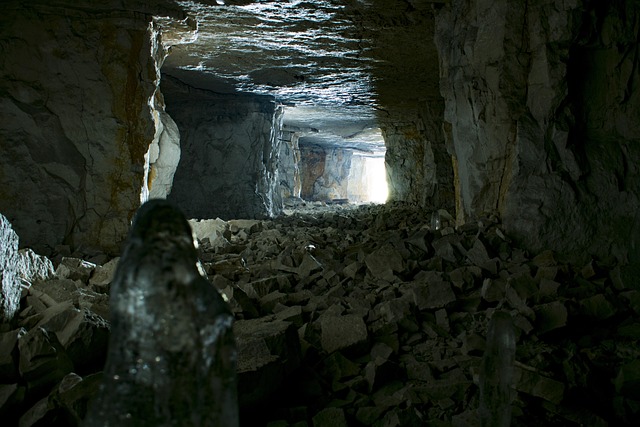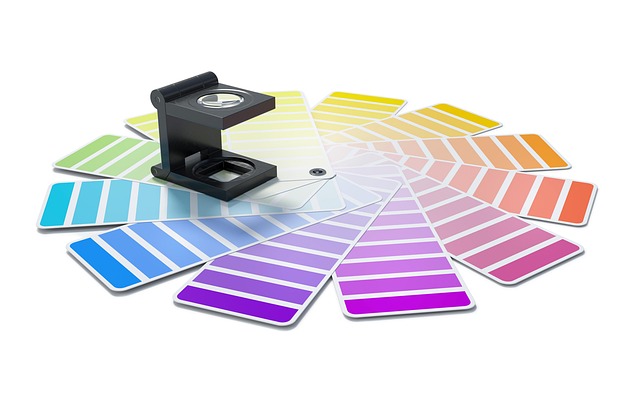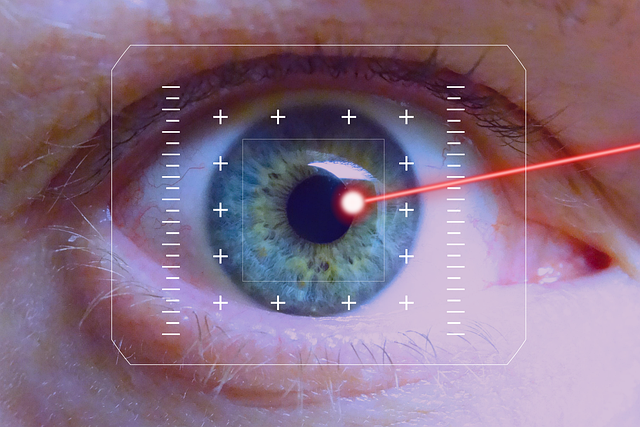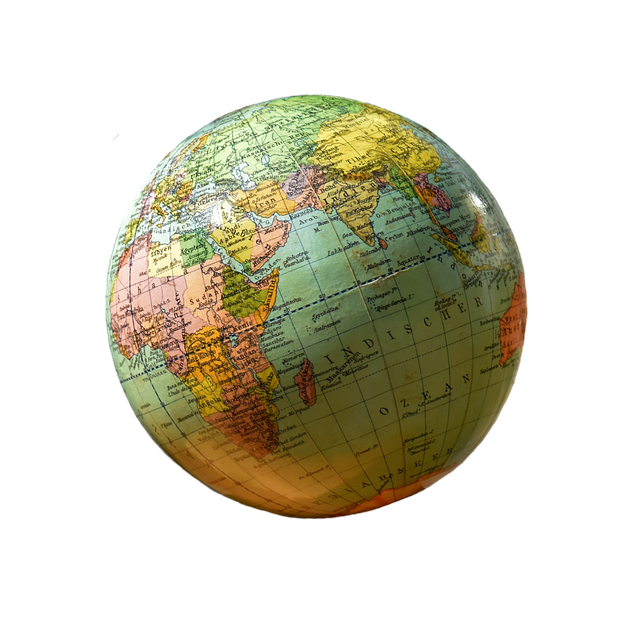The modern visual landscape is increasingly defined by the interplay of light and form. A small, seemingly simple geometric construct—a cube—has become a catalyst for reimagining how we capture and interpret reality. When the cube is treated not just as a container but as a source of illumination, the resulting imagery challenges traditional compositional rules and opens new avenues for creative expression in photography and design.
The Genesis of the Light Cube
In the late 1990s, several experimental photographers began experimenting with reflective and diffusive surfaces arranged in a cube. By aligning mirrors, lenses, and small light sources at precise angles, they could redirect ambient light into controlled, intricate patterns. These early setups, often improvised with household items, revealed how a simple geometric shape could manipulate perception.
As technology advanced, manufacturers began producing dedicated light cubes—compact, modular units equipped with LED panels, adjustable reflectors, and integrated motion sensors. The versatility of these devices allowed artists to explore a spectrum of lighting conditions, from dramatic high-contrast flashes to subtle, enveloping glows.
- Reflective surfaces scatter light, creating complex shadows.
- Diffusive panels soften edges and reduce harsh highlights.
- Adjustable LED intensity offers real-time control over mood.
Design Principles Informed by Light Cubes
When a photographer incorporates a light cube into a shoot, several foundational design concepts are reinforced:
- Symmetry and Balance—The cube’s inherent symmetry invites compositions that feel stable and harmonious.
- Layered Depth—By positioning the cube at various distances from the subject, photographers can create multiple planes of illumination.
- Dynamic Color Play—LED modules allow for color temperature adjustments, enabling the exploration of warm versus cool tonalities.
“The light cube acts as a sculptor, carving space and shadow with the precision of a designer’s hand.”
Photographic Applications Across Genres
From portraiture to product photography, the light cube offers a toolbox of lighting techniques that elevate visual storytelling.
Portraits: By placing the cube slightly off-axis, a photographer can create a rim of light that highlights the subject’s outline, adding a three‑dimensional feel. The cube’s diffusive panels ensure that skin tones remain natural and free from harsh specular reflections.
Product Photography: The cube’s controlled environment eliminates unwanted glare on glossy surfaces, while its adjustable color temperature helps accentuate material textures. Photographers often combine the cube with backdrops that reflect or absorb light, tailoring the mood to the product’s brand identity.
Case Study: Minimalist Fashion Shoot
In a recent editorial spread, a fashion photographer utilized a light cube to generate a stark, monochromatic aesthetic. By setting the cube’s LEDs to a cool, blue hue and positioning it at a 45‑degree angle, the images captured garments with crisp edges and a subtle, icy glow. The cube’s reflective interior amplified ambient studio light, creating a luminous halo around each model without the need for multiple external flash units.
Critics praised the work for its “intuitive use of light as a narrative device,” noting that the cube’s geometry imposed a disciplined framework that guided the viewer’s eye through the composition.
Integrating Light Cubes Into Design Workflows
Beyond pure photography, light cubes influence broader design disciplines such as interior design, fashion illustration, and even digital media.
Interior Design: Designers employ light cubes as focal points within minimalist spaces, allowing occupants to experience shifting light patterns throughout the day. The cubes’ ability to be programmed offers a dynamic element that responds to environmental cues.
Fashion Illustration: Artists use photographs taken with light cubes as reference material. The precise control over shadow and highlight simplifies the rendering process, especially when translating garments into stylized sketches.
Digital Art: Virtual reality artists model light cubes within their environments to simulate realistic lighting, providing users with a tangible sense of scale and depth.
Technical Tips for Mastering the Light Cube
To fully exploit the potential of a light cube, consider the following practical guidelines:
- Distance Matters: Placing the cube too close to the subject can create overly intense highlights; too far, and the illumination becomes diffuse.
- Angle Calibration: Experiment with angles from 0° (directly facing the subject) to 90° (side lighting) to understand how shadow planes shift.
- Color Temperature Matching: Use a color checker or a white balance card to align the cube’s LED output with the camera’s sensor.
- Modular Flexibility: Many cubes feature interchangeable panels; swapping a diffusive sheet for a reflective one can dramatically alter the light’s quality.
Implementing these techniques yields images that feel both intentional and organic, a hallmark of contemporary photographic aesthetics.
The Future of Light Cubes in Creative Practices
As materials science and smart lighting technologies evolve, light cubes are poised to become even more integral to visual storytelling. Emerging trends include:
- Embedded Sensors: Integration of light‑sensing, motion‑detection, and environmental data allows the cube to adapt its output in real time.
- Programmable Light Paths: Using microcontrollers, artists can choreograph complex sequences of light movement, turning the cube into an interactive performance piece.
- Eco‑Friendly Power Solutions: Advances in solar‑powered LED arrays reduce the energy footprint of studio setups, aligning with sustainability goals.
These innovations will broaden the cube’s applicability—from small‑scale studio shoots to large‑format installations—further cementing its role as a versatile tool in the arsenal of photographers and designers.
Conclusion: A New Lens on Light and Space
The light cube is more than a lighting fixture; it is a conceptual bridge between geometry and illumination. By harnessing its inherent structure, photographers can craft images that are not only technically sound but also visually resonant. For designers, the cube offers a tangible way to experiment with light as a material, expanding creative possibilities across disciplines. As the technology continues to mature, the light cube will remain a focal point for artists who seek to illuminate their vision with precision, innovation, and a touch of geometric elegance.




